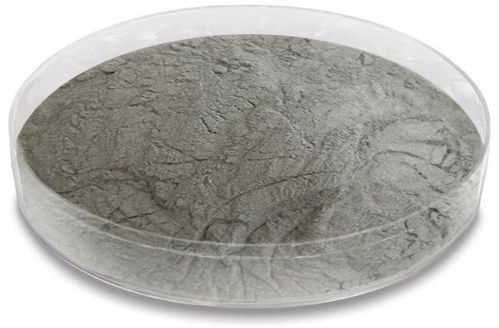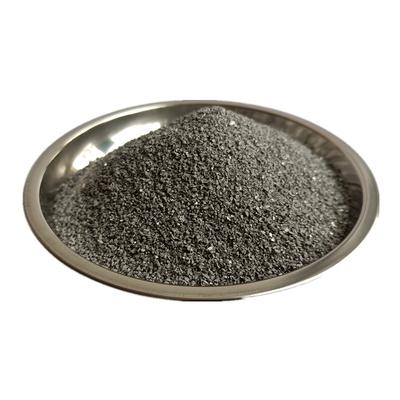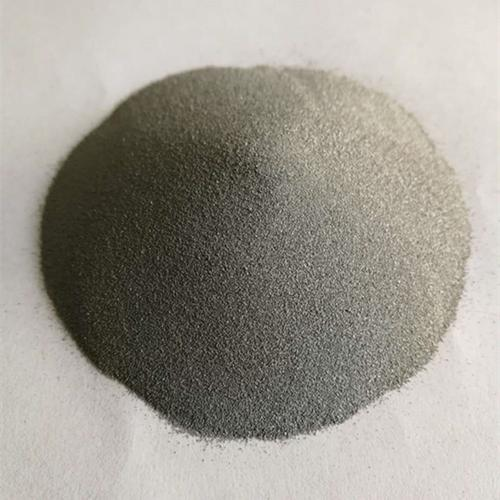Metal Magic: Which Powders Play Nicest in the Sintering Game?
(For Which Type Of Metals Is Powder Metallurgy Particularly Suited?)
Ever wonder how complex metal parts appear, almost like magic? Powder metallurgy makes it happen. Think of it like baking, but for metal. Tiny metal particles get pressed and heated. They transform into solid, useful shapes. This process shines for certain metals. Let’s explore why.
1. **What Exactly is Powder Metallurgy?**
Powder metallurgy is a way to make metal parts. It starts with metal powder. Imagine super-fine grains of metal. These powders get poured into a mold shaped like the final part. A powerful press then squeezes the powder. This creates a “green” part. It holds its shape but is fragile. Next comes the furnace. The green part gets heated. This heating is sintering. The metal particles bond together without melting completely. The result is a solid metal piece. This method avoids traditional melting and casting. It’s a near-net-shape process. Parts often need little finishing work. This saves material and time. It’s efficient and versatile.
2. **Why Powder Metallurgy Loves Certain Metals**
Not all metals behave the same in powder form. Some are perfect partners. Why? First, sinterability matters. This means the metal particles bond well during heating. Iron and iron-based alloys are superstars here. Their powders sinter beautifully. Copper and copper alloys also shine. They flow well when pressed. They sinter reliably. Tungsten and molybdenum are tough customers. They have very high melting points. Melting them traditionally is difficult and costly. Powder metallurgy handles them easily. The powders are pressed and sintered below their melting points. Titanium is another good fit. Its reactive nature makes casting tricky. Powder methods offer better control. These metals share traits. Good compressibility helps. They form strong green parts. They sinter to high density and strength. They handle the process heat well.
3. **How the Powder Metallurgy Process Works Step-by-Step**
Let’s walk through making a part. Step one is powder production. Metals are turned into fine powder. Gas atomization is common. Molten metal gets blasted by gas. It breaks into tiny droplets that solidify. Step two is blending. Different metal powders might be mixed. Lubricants are added. This helps the powder flow and press better. Step three is compaction. The blended powder fills a die cavity. A powerful hydraulic or mechanical press applies tons of pressure. This squashes the powder into a specific shape. This is the green compact. Step four is sintering. The green part goes into a special furnace. A protective atmosphere prevents oxidation. Common gases are hydrogen or nitrogen. The part heats up. Temperatures are high but below melting. Metal particles weld together. Diffusion happens. The part shrinks slightly and gains strength. Step five might be finishing. Some parts need coining or sizing. This improves precision. Heat treatment might add hardness. That’s the basic journey.
4. **Applications Where Powder Metallurgy Metals Rule**
Where do we see these sintered metals? Everywhere! Automotive parts are a huge market. Think engine bearings. Think transmission gears. Think camshafts and connecting rods. Powder metallurgy makes them strong and precise. Oil pump rotors rely on it. Industrial tools depend on it. Tungsten carbide cutting tools are made this way. They mix tungsten carbide powder with cobalt. Sintering creates an incredibly hard material. Drills, saw blades, mining bits use this. Electrical contacts need copper or silver powders. Sintering ensures good conductivity and durability. Think switches and breakers. Aerospace uses titanium powder parts. Complex shapes for engines and airframes are possible. Filters are another application. Bronze or stainless steel powders make porous filters. They trap particles in fluids or gases. Even everyday appliances use sintered parts. Power tools, locks, lawnmowers have them.
5. **FAQs About Metals and Powder Metallurgy**
People often ask good questions. Let’s tackle some common ones.
**Q1: Can powder metallurgy make strong parts?** Absolutely. Sintered parts achieve high density. Proper alloying and heat treatment boost strength further. Many critical automotive components prove this daily.
**Q2: Are parts porous? Isn’t that bad?** Some porosity often remains. This isn’t always bad. Controlled porosity is useful. It allows oil retention in bearings. It helps make lightweight parts. Where full density is needed, secondary processes can achieve it.
**Q3: Why not use powder metallurgy for all metals?** Some metals struggle. Aluminum powders oxidize easily. This hinders good sintering. Magnesium is highly flammable as a powder. Safety risks exist. Very soft metals like pure lead lack green strength. They crumble before sintering.
**Q4: Is it cost-effective?** Yes, especially for high volumes. The near-net-shape capability saves huge amounts of metal. It drastically reduces machining time and waste. Setup costs exist, but per-part costs drop fast with quantity.
**Q5: What about complex shapes?** Powder metallurgy excels here. Intricate gears, sprockets, and multi-level parts are common. The die shapes the powder. Undercuts and side holes need secondary operations, but complexity is a strength.
(For Which Type Of Metals Is Powder Metallurgy Particularly Suited?)
**Q6: How does powder metallurgy handle different materials?** Mixing powders is easy. This allows unique alloys. Combining metals that don’t mix when melted is possible. Copper-infiltrated steel is an example. It combines strength and conductivity.
Inquiry us
if you want to want to know more, please feel free to contact us. (nanotrun@yahoo.com)


